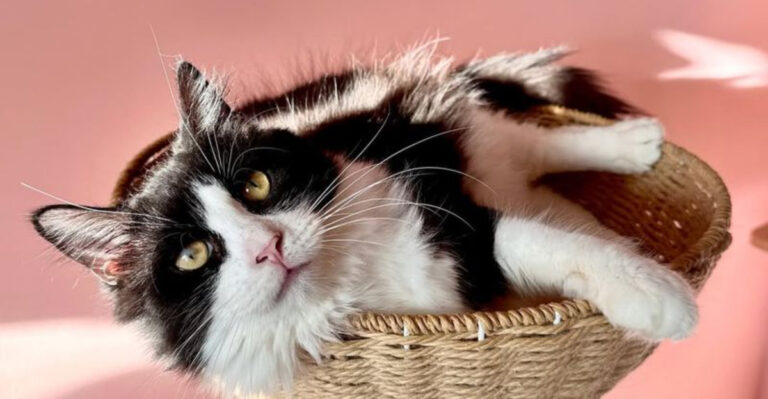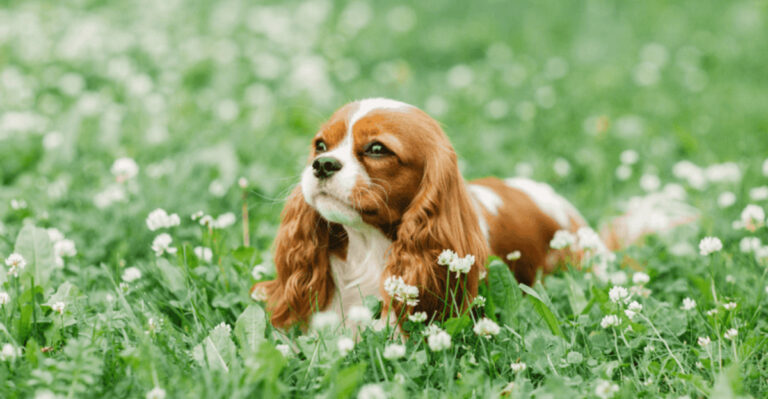How To Wash Your Dog’s Collar Properly
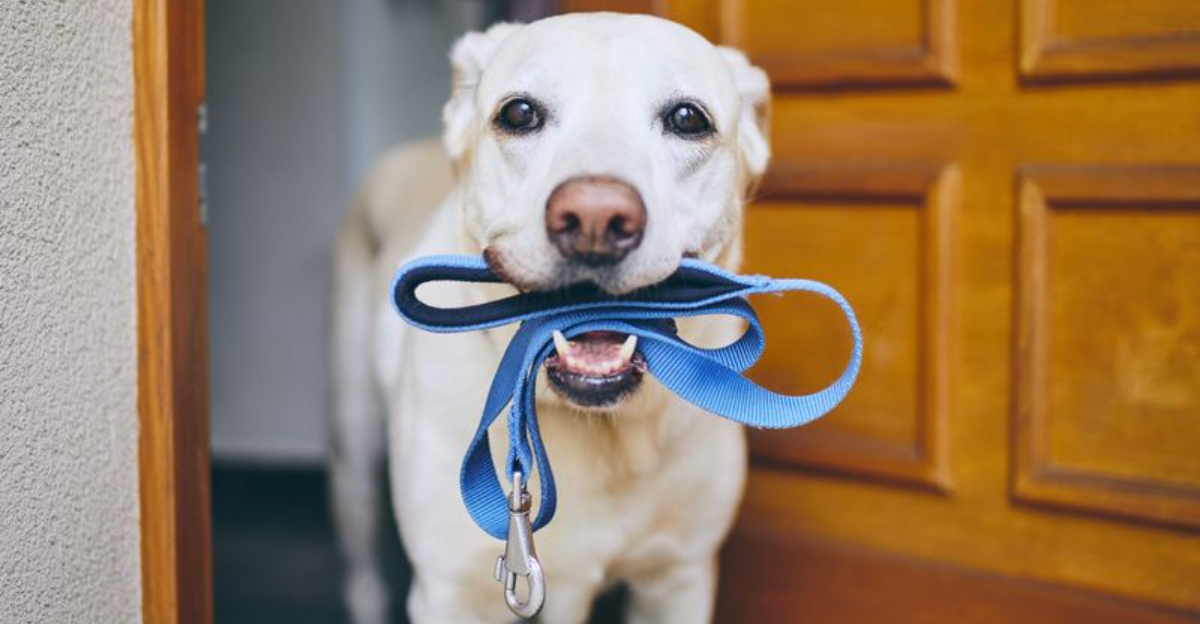
Ever noticed that funky smell coming from your furry friend’s neck? It’s probably time to wash that collar! Most pet parents forget this essential grooming task, leading to smelly, bacteria-laden accessories. Clean collars not only smell better but help prevent skin irritations and keep your pup healthier overall.
1. Check The Material First
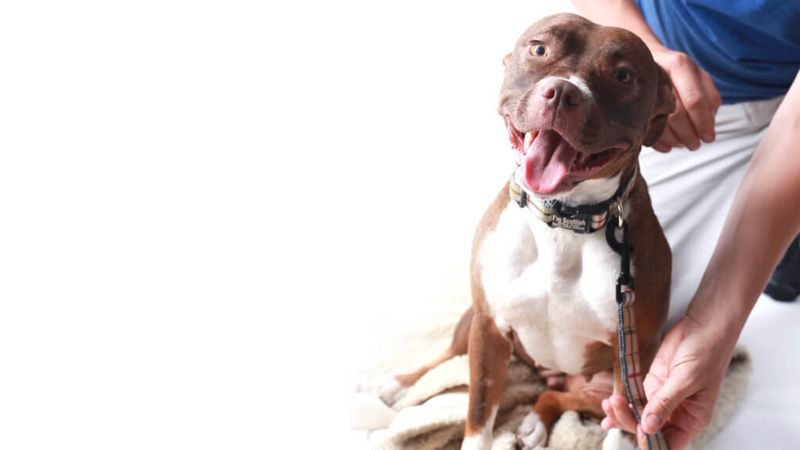
Different collar materials demand different cleaning approaches. Nylon can usually handle machine washing, while leather needs gentle hand cleaning with special soaps.
Metal components might rust if not dried properly, and rhinestone-decorated collars require extra care to prevent gem loss. Always read any manufacturer’s instructions that came with the collar.
2. Remove Tags Before Washing
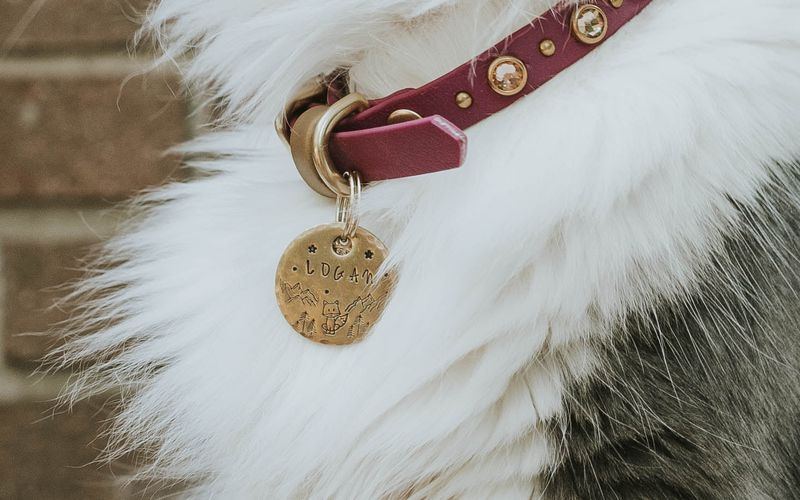
Those jingling ID tags and metal accessories can damage both your washing machine and the collar itself. Plus, the information on the tags might fade if repeatedly washed.
Simply unclip or slide off all removable parts. Store them safely in a small dish while you clean the collar so they don’t get misplaced.
3. Pre-Soak For Extra Dirty Collars
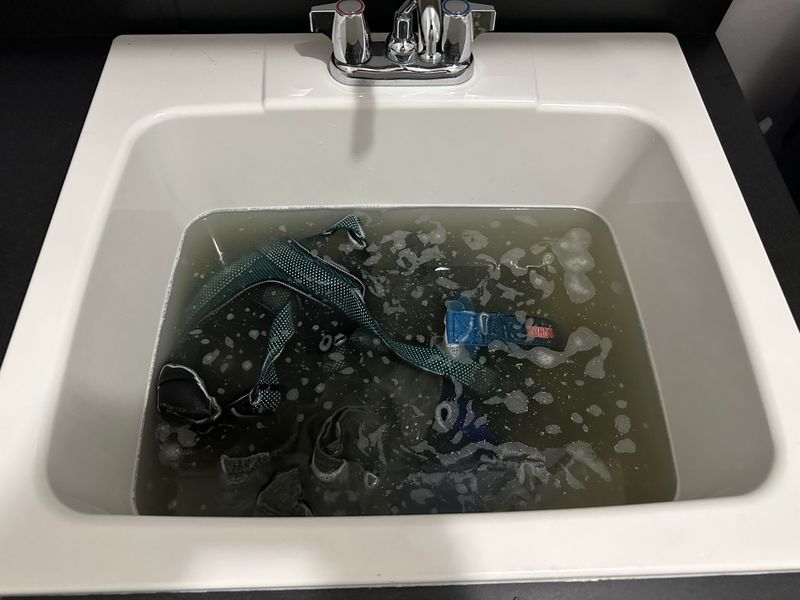
Got a seriously grimy collar from your mud-loving companion? Fill a bowl with warm water and add a tablespoon of pet-friendly dish soap. Let the collar soak for 10-15 minutes.
This loosens dirt, breaks down oils, and makes the scrubbing part much easier. For stubborn stains, add a splash of white vinegar to the solution.
4. Use A Toothbrush For Detailed Cleaning
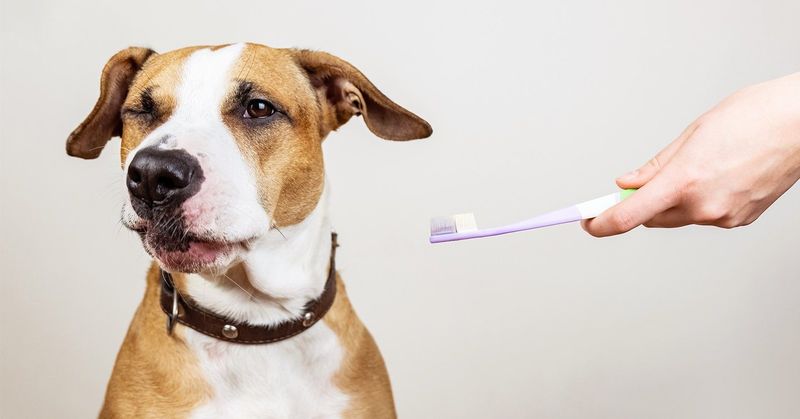
An old toothbrush works wonders for getting into the weave of fabric collars. The bristles can reach places your fingers can’t, removing embedded dirt and pet dander.
Use gentle circular motions, paying special attention to areas that touch your dog’s fur directly. This technique works especially well on textured collars that trap more dirt.
5. Baking Soda Tackles Stubborn Odors
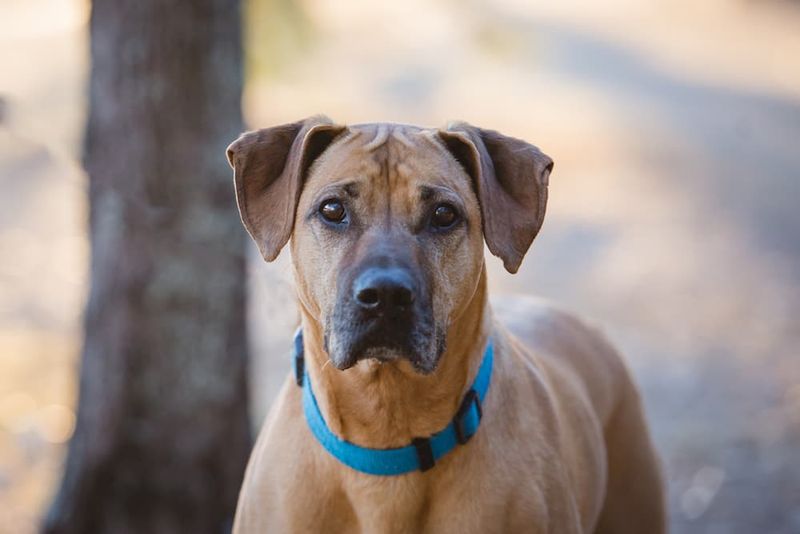
Some collars develop that distinctive “wet dog” smell that regular soap can’t eliminate. Make a paste with baking soda and a few drops of water.
Rub this mixture into the smelly areas and let it sit for 30 minutes. The baking soda naturally neutralizes odors rather than just masking them with perfumes that might irritate your dog.
6. Gentle Leather Collar Care
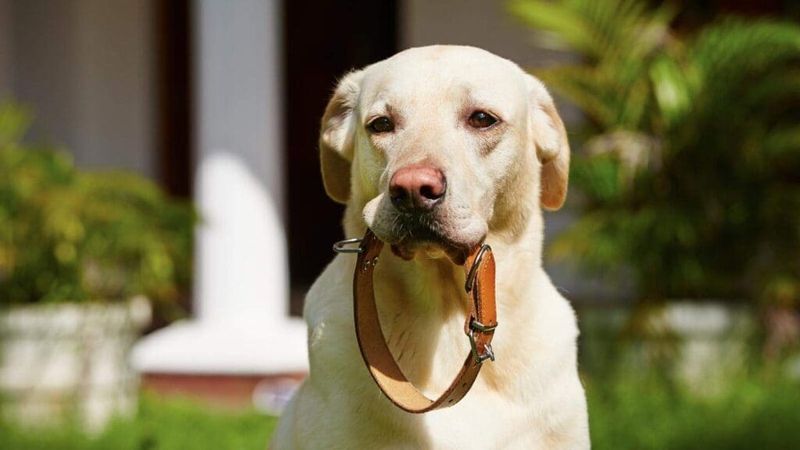
Leather collars need special attention to prevent cracking and maintain their suppleness. Never submerge them completely in water!
Instead, dampen a cloth with water and mild soap, then wipe the collar down gently. Follow up with a leather conditioner designed for pet products to keep the material soft and prevent it from drying out.
7. Machine Wash Option For Nylon
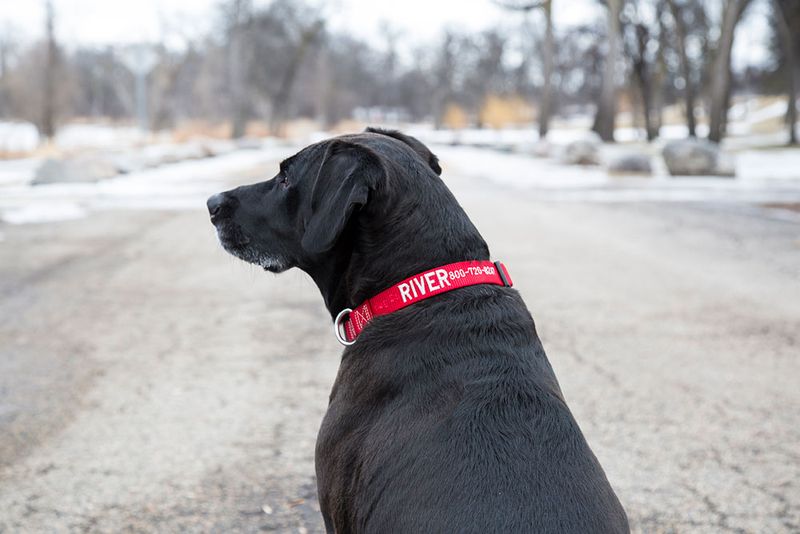
Nylon and other synthetic fabric collars can usually handle a trip through the washing machine. Place the collar in a mesh laundry bag to prevent tangling or catching on other items.
Use a gentle cycle with cold water and mild detergent. Skip the fabric softener, which can leave residues that might irritate your dog’s skin when the collar gets wet from rain or swimming.
8. Sun-Dry Instead Of Machine Drying
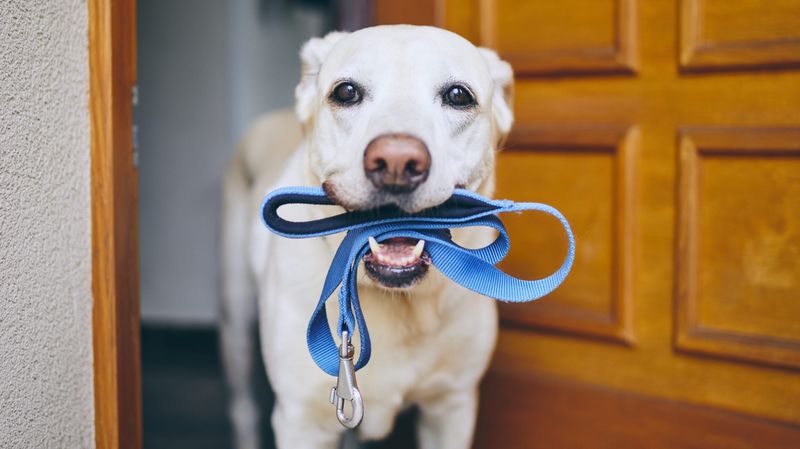
The heat from dryers can warp plastic buckles and damage synthetic materials. After washing, squeeze out excess water gently without twisting the collar.
Hang it in direct sunlight, which not only dries the collar thoroughly but also provides natural disinfection. The UV rays help kill lingering bacteria that soap might have missed during the washing process.
9. Regular Maintenance Between Washes
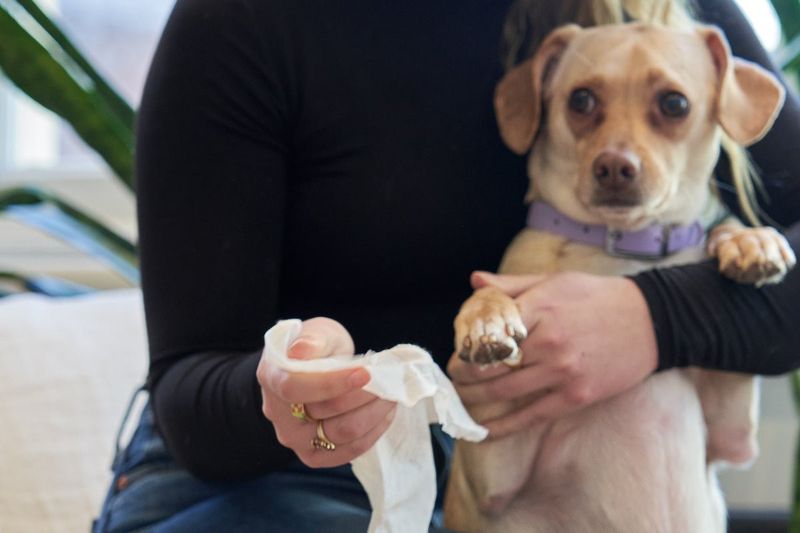
Keep your pup’s collar fresher longer with quick weekly wipe-downs. Use pet-safe wet wipes or a damp cloth to remove surface dirt and oils.
Focus on the inside of the collar where it contacts your dog’s skin. This simple habit prevents buildup of grime and extends the time between deep cleanings, especially for dogs who love outdoor adventures.
10. Have A Backup Collar Ready
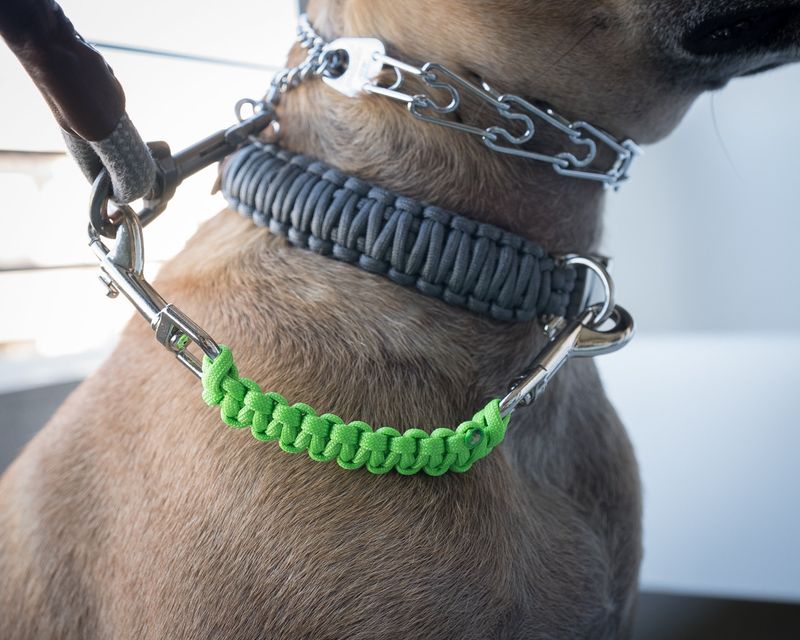
Most collars need several hours to dry completely. Keep a spare collar on hand so your dog isn’t without identification while their main collar is being cleaned.
This is especially important for dogs who spend time outdoors or could potentially escape. Consider rotating between two collars regularly, washing each one when it’s not in use.
11. Special Care For Embedded Electronics
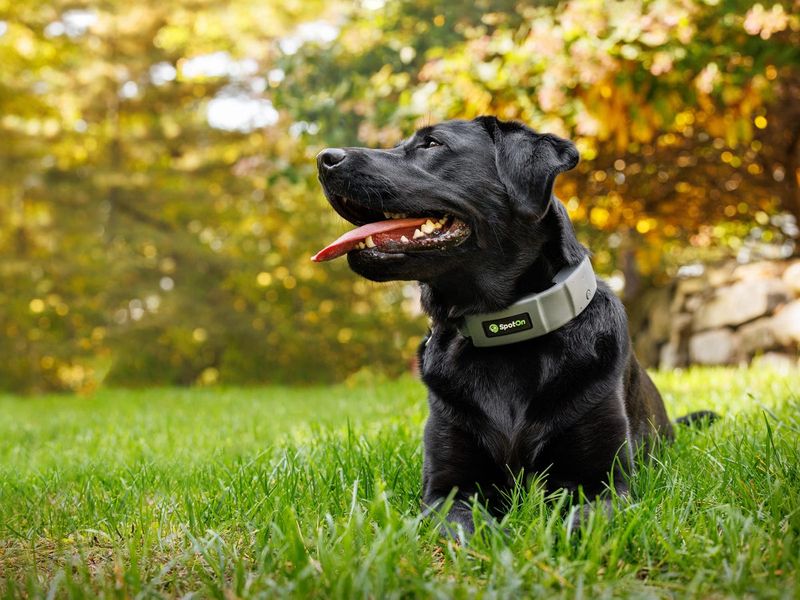
Modern GPS or training collars require extra caution. Check the manufacturer’s cleaning instructions first, as full submersion could damage electronic components.
Usually, you can remove the electronic module and clean the collar strap separately. Use a slightly damp cloth with mild soap to wipe down the electronic parts, being careful not to let moisture enter any openings.
12. Address Rust On Metal Parts
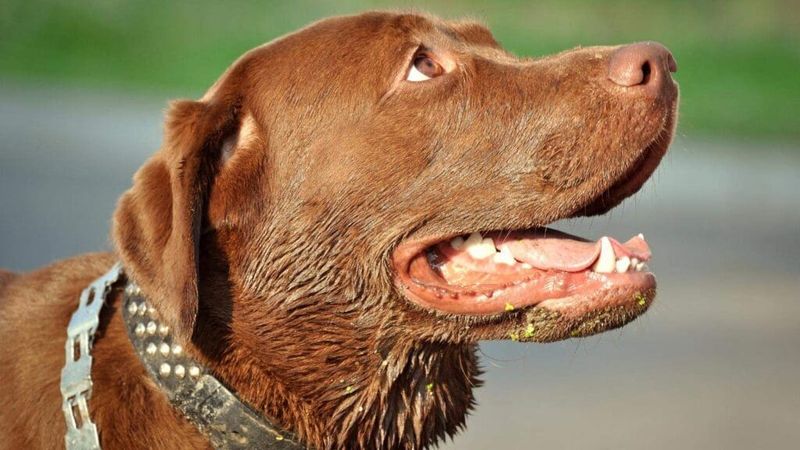
Metal D-rings and buckles sometimes develop rust spots after repeated exposure to moisture. Remove light rust by rubbing with a paste made from lemon juice and salt.
For stubborn rust, try a cotton swab dipped in white vinegar. After treatment, rinse thoroughly and dry completely to prevent future rusting. Apply a thin layer of petroleum jelly to metal parts for protection.
13. Test For Colorfastness First
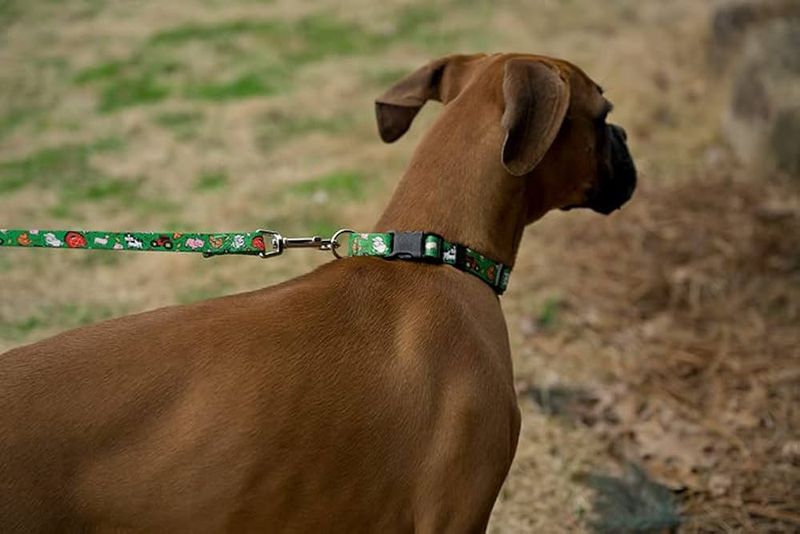
Brightly colored collars might bleed dye when washed, potentially staining your dog’s fur. Before the full cleaning, dab a hidden section with a wet white cloth and mild soap.
If color transfers to the cloth, hand wash the collar separately from other items. Use cold water and minimal soap to reduce bleeding. Rinse thoroughly to remove all soap residue that might irritate sensitive skin.
14. Set A Regular Cleaning Schedule
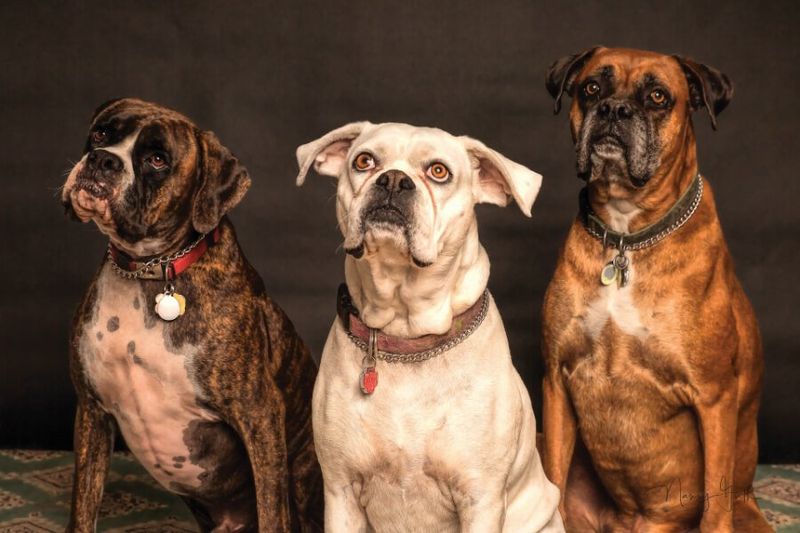
Most pet owners forget about collar cleaning until the smell becomes obvious. Mark your calendar for monthly cleanings for active dogs or those with skin conditions.
Indoor pets with limited outdoor time might need washing every 2-3 months. Regular cleaning prevents dirt buildup that can cause irritation and keeps your furry friend comfortable and odor-free year-round.

